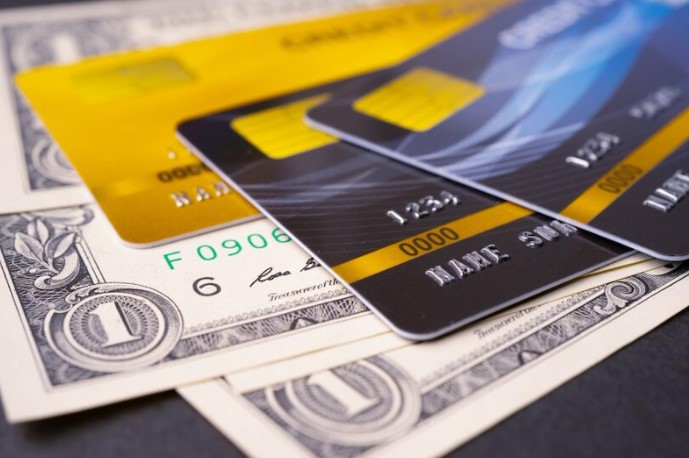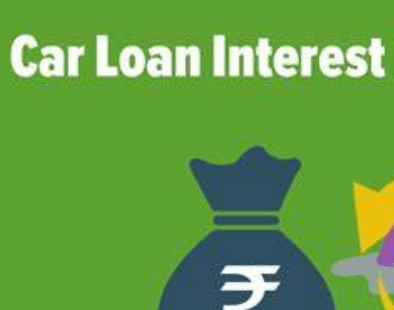Fannie Mae is a government-sponsored enterprise that creates and invests in mortgage loans. Its loan are either securitized and sold to investors, or held in its own portfolio. Fannie Mae offers several different loan programs, including the HomeReady® program, which is designed for low- and moderate-income borrowers.
1. What is a Fannie Mae Loan?
Fannie Mae loans are available from a variety of lenders, including banks, credit unions, and mortgage companies. The terms of typically more favorable for borrowers than those of a conventional loan. For example, Fannie Mae loans typically have lower interest rates and down payment requirements.
Fannie Mae loans are a good option for many borrowers, but they are not right for everyone. Borrowers should compare the terms with those of a conventional loan to see which option is best for their individual needs.
2. The Different Types of Fannie Mae Loans
A is a type of mortgage loan that is backed by the government-sponsored enterprise Fannie Mae. Fannie Mae loans are available to both homebuyers and investors, and they offer a variety of benefits, such as low down payment requirements and flexible credit guidelines. There are two main types of Fannie Mae loans: conventional loans and government-insured loans.
Conventional Fannie Mae Loans: Conventional Fannie Mae loans are available to both homebuyers and investors. These loans are not insured by the government, but they do offer some benefits, such as low down payment requirements and flexible credit guidelines.
3. The Benefits of a Loan
A Fannie Mae loan is a type of mortgage that is available through the Federal National Mortgage Association (FNMA.FNMA is a government-sponsored enterprise (GSE) that purchases mortgage loans from lenders, which provides liquidity to the mortgage market.
Fannie Mae loans are attractive to borrowers because they offer a number of benefits, including:
1. Competitive interest rates: Fannie Mae loans typically offer interest rates that are lower than the rates offered by conventional loans. This makes Fannie Mae loans an attractive option for borrowers who are looking to save money on their mortgage payments.
2. Flexible eligibility requirements: has less stringent eligibility requirements than many other lenders, which makes it easier for borrowers to qualify for a loan.
3. offers loans with terms of up to 30 years, which gives borrowers the flexibility to choose a repayment schedule that fits their needs.
4. The Risks Associated with a Loan
A Fannie Mae loan is a government-sponsored home mortgage program. Instead, it purchases loans from lenders, which it then either holds in its portfolio or packages into mortgage-backed securities (MBS) and sells to investors.
1. Default risk: This is the risk that the borrower will not make their loan payments and will default on the loan. If the borrower defaults, Fannie Mae will foreclose on the property and the borrower will lose their home.
2. Interest rate risk: This is the risk that interest rates will rise and the borrower will not be able to afford their monthly payments. If interest rates rise and the borrower is unable to make their payments, they may default on the loan and lose their home.
Conclusion
A Fannie Mae loan is a type of mortgage loan that is offered by the Federal National Mortgage Association. These loans are typically offered in the form of a fixed-rate mortgage that has a shorter amortization period than a traditional mortgage. Fannie Mae loans also have lower interest rates and offer more flexible terms than traditional mortgages. Fannie Mae loans are a popular choice for borrowers who want to purchase a home but don’t have enough money to buy a traditional home.











